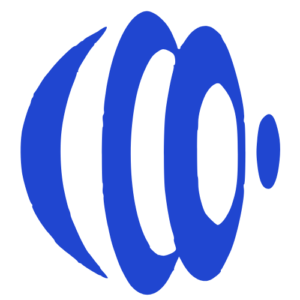Meta (the parent company of WhatsApp) reviews every Business API template you submit and automatically assigns it a category: Utility, Authentication, or Marketing.
Many businesses have recently seen their Utility templates — meant for transactional updates — being re-categorized as Marketing, which leads to higher costs and limited use cases.
This guide explains how to create Utility templates that stay compliant, avoid re-categorization, and deliver faster at lower cost.
🧾 What Is a Utility Template?
A Utility template is designed for updates related to an existing transaction or service. It should always be tied to something the user has already done — such as an order, payment, or booking.
✅ Examples of Utility Templates:
- “Your order #{{1}} has been confirmed and will ship on {{2}}.”
- “Your payment of ₹ {{1}} has been received successfully.”
- “Reminder: your appointment is scheduled for {{1}} at {{2}}.”
Utility templates are factual, concise, and do not promote new products or services.
🚫 What Causes a Template to Be Re-Categorized as Marketing
Meta will change your category from Utility to Marketing if your message:
- Includes promotional or sales-oriented language (“offer”, “discount”, “exclusive”)
- Encourages new transactions (“book now”, “shop now”, “learn more”)
- Mixes service and marketing content in the same message
- Uses a generic greeting instead of transaction-specific content (“Hi {{name}}, check out what’s new!”)
- Contains buttons that lead to shopping, offers, or website promotions
If a message sounds like it’s trying to sell, not serve, Meta will tag it as Marketing.
✅ Checklist to Keep Your Template Utility-Compliant
Before submitting your next WhatsApp template, review this checklist carefully:
- Tie it to a user action
Must directly reference a purchase, booking, payment, or subscription. - Use neutral, factual language
Inform the user — don’t persuade or excite them. - Avoid promotional words
Words like exclusive, limited, upgrade, deal, or offer are red flags. - Personalize with variables
Use placeholders like {{1}} or {{2}} to refer to order details or specific dates. - Add only functional buttons
Stick to “Track Order”, “View Invoice”, or “Manage Booking” — avoid “Shop Now” or “Learn More”. - Keep it single-purpose
Don’t mix a transaction update with a promotional message in one template. - Recheck category after approval
Meta may reassign it; check regularly and appeal if it’s misclassified.
🛠 What to Do If Your Template Is Re-Categorized
If Meta changes your template category from Utility to Marketing:
- Edit the content — remove promotional or general language.
- Re-submit it under the Utility category with a clear purpose.
- Appeal via WhatsApp Business Support if you believe the re-categorization is incorrect.
Provide your template name, business ID, and a short explanation of how the message relates to a user action.
⚡ Why Staying in Utility Category Matters
- Lower cost: Utility templates are cheaper than Marketing ones.
- Faster delivery: Transactional messages are prioritized by WhatsApp.
- Higher trust: Customers recognize these messages as service updates.
- Better compliance: Keeps your WhatsApp Business Account safe from restrictions.
🔑 Best Practice
Keep your Utility messages purely transactional.
If you need to promote products or engage users, create a separate Marketing template.
Splitting transactional and promotional content is the easiest way to stay compliant — and save money.




